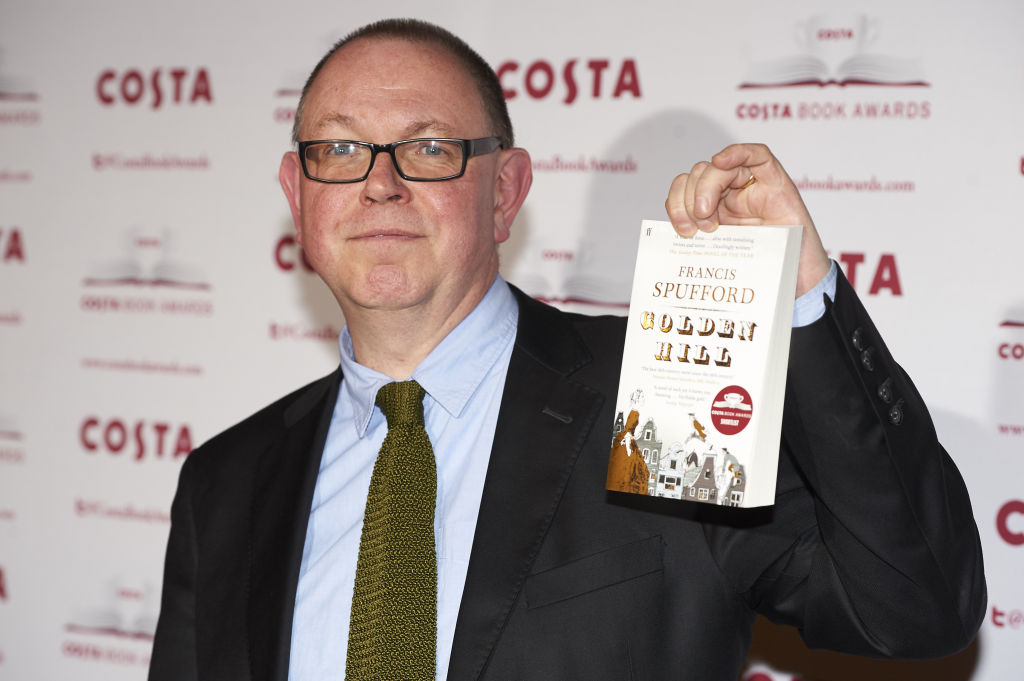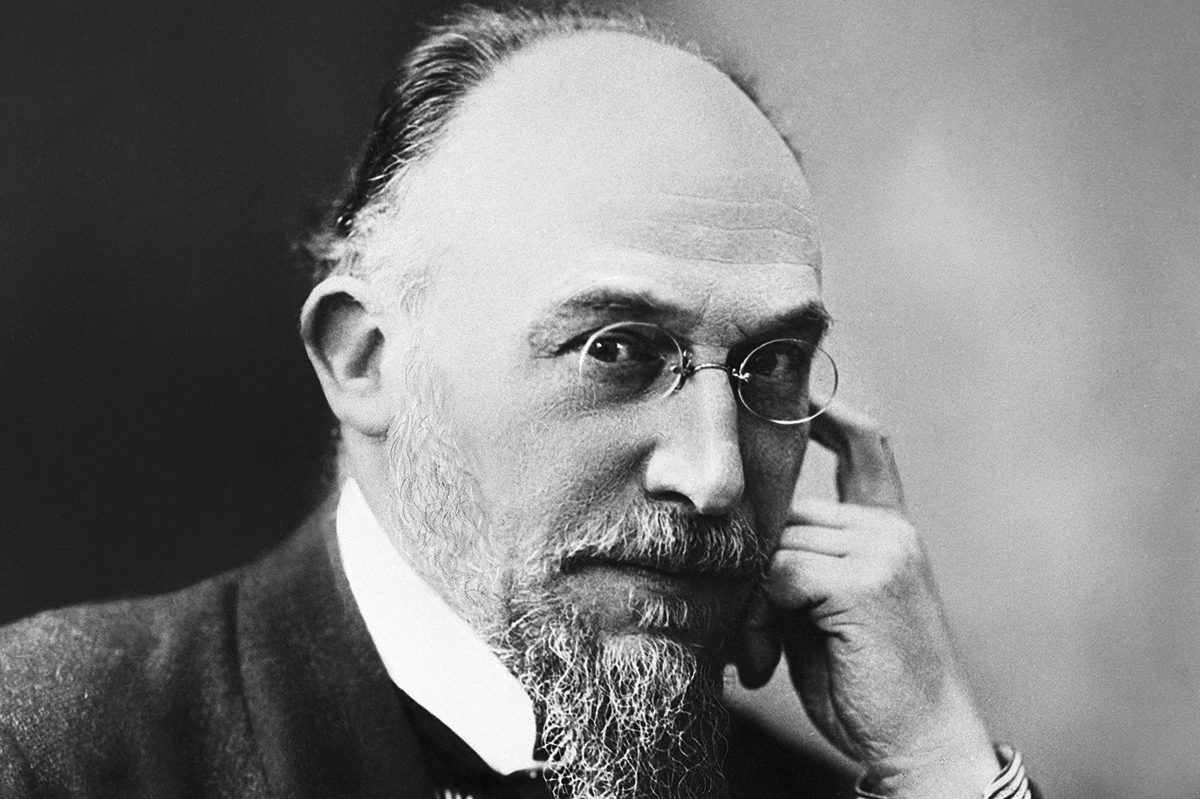If you are a male, middle-aged, middle-class novelist, do not despair of being deemed unpublishable in our era of identity politics. On both sides of the Atlantic, the smartest chaps have turned away from the interiority of literary fiction. From Colson Whitehead and Marlon James to Mick Herron and Charles Cumming, they now write detective fiction, speculative fantasy, or a combination of the two. Francis Spufford, the award-winning author of best-selling novels such as Golden Hill, has come up with a zinger.
Cahokia Jazz is set in a 1920s city in a counterfactual America. Here, the native Americans were not fatally weakened by a deadly strain of smallpox, but experienced the milder version which has just a 1 percent mortality rate and confers immunity. Instead of the depopulated, post-apocalyptic landscape discovered by European settlers, the culture has flourished as has its language, religion, customs and building, even influencing the Modernist architect Frank Lloyd Wright. It’s an arresting idea, and one that, coupled with a noir detective story set in the Jazz Age, has considerable propulsion.
Drummond and Barrow, a pair of Cahokia city detectives, are white and Native American respectively. The discovery on the first page of a white clerk who has undergone castration and Aztec-style evisceration on a rooftop makes everyone suspect that it is the work of a Native American, or in the imagined Anopa language, a takouma. This pair of frenemies could not be more different from each other. Over the course of seven days in a snowy, teeming Mississippi city, the detectives undertake not so much an investigation as a quest, involving an abattoir, a bar fight, a riot, a beautiful and mysterious woman called Moon and one Professor Kroeber, whom some will recognize as the anthropologist father of the great Pulitzer Prize-winning SF novelist Ursula K. le Guin (to whom the novel is dedicated).
It’s a gorgeously rich and multilayered story, packed with gunfire, music and superstition. As the possibility that they’re dealing with either the Klan, or a killer crazed by Aztec myth, or political corruption moves toward its denouement, the reader is given a tour of a strange yet plausible America. Spufford’s love of the noir detective style with its vivid descriptions of the grotesque and violent is not quite Dashiell Hammett, but the gory specificity of the details is just right:
He was stronger than most people, but this guy — gorilla brows, a fur of black hairs on pale hands — was wide and low-slung. He was planted on the red vinyl floor like a wrestler, and Barrow couldn’t quite get the leverage to push his thick arm across and slam the elbow on the hard counter-edge… Seconds had passed but the fight already felt as if it had been going on for a long time. Something was going on with Drummond, but Barrow was closed into the small world of this one combat, this one pair of heaving bodies.
Drummond is a cynical, drug-pepped thug who wants to frame up the nearest native suspect for the murder, but Barrow, brought up in a boys’ home and semi-alienated from his people’s beliefs, is the moral lens through which we see events and characters. A pianist as well as a detective — he’s played with Jelly Roll Morton — Barrow is aware that in Cahokia, the worlds of violence, sex and jazz meet and mingle in “sophisticated wickedness.” Who is using whom? Why does every native person obey the instructions writ- ten on a card given to Barrow by a mysterious Native American known as the Man? What is the beautiful, elegant, femme fatale Moon, really doing, hanging out with a shabby detective as well as the poets and academics of her circle?
Cahokia Jazz is enormous fun, and the closest contemporary novel like it is Colson Whitehead’s magnificent The Underground Railroad. In this novel, however, the detailed world-building tends to get in the way of the narrative, which at nearly 500 pages could have done with some editorial pruning. The use of takouma, takata and taklousa for native, white and black people is unnecessarily confusing to the reader, and Spufford’s intense interest in religion (also a strong feature of Light Perpetual) clashes with the demands of a “tale of blood and thunder.” Still, Barrow is a terrific action hero, both muscular and sensitive, and if he survives his adventures, one hopes to encounter him again.
One of Spufford’s best non-fiction works was his first, The Child That Books Built, a profoundly sympathetic account of how becoming a reader of classic children’s books shaped his understanding. There is an immersive quality to Cahokia Jazz which reminds one of both the Narnia and Earthsea stories. One wonders whether Spufford might not, like Philip Pullman, turn to writing for children next. He’s too good to be writing just for adults, but adults bored by the current fashions in literary fiction publishing might need him more.
Amanda Craig’s ninth novel, The Three Graces, was published in 2023 by Little, Brown UK. This article was originally published in The Spectator’s February 2024 World edition.






















Leave a Reply